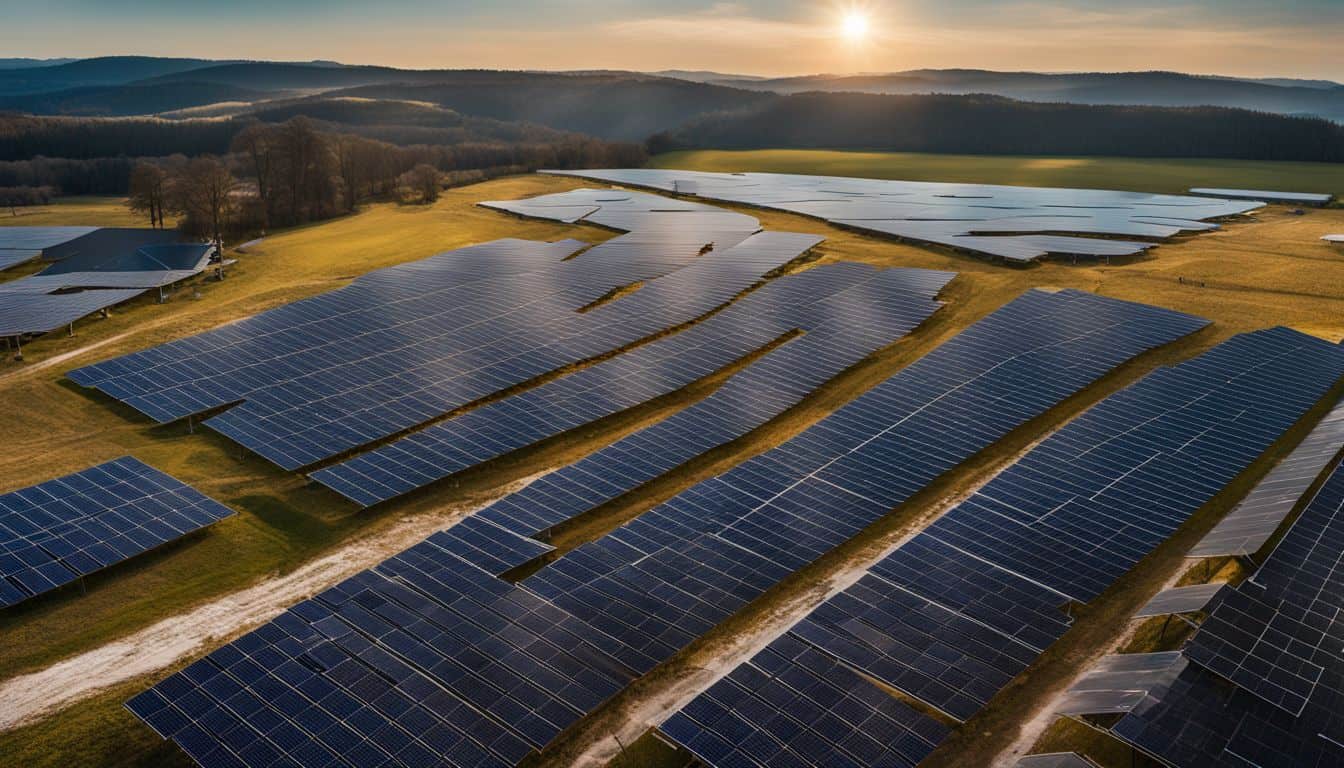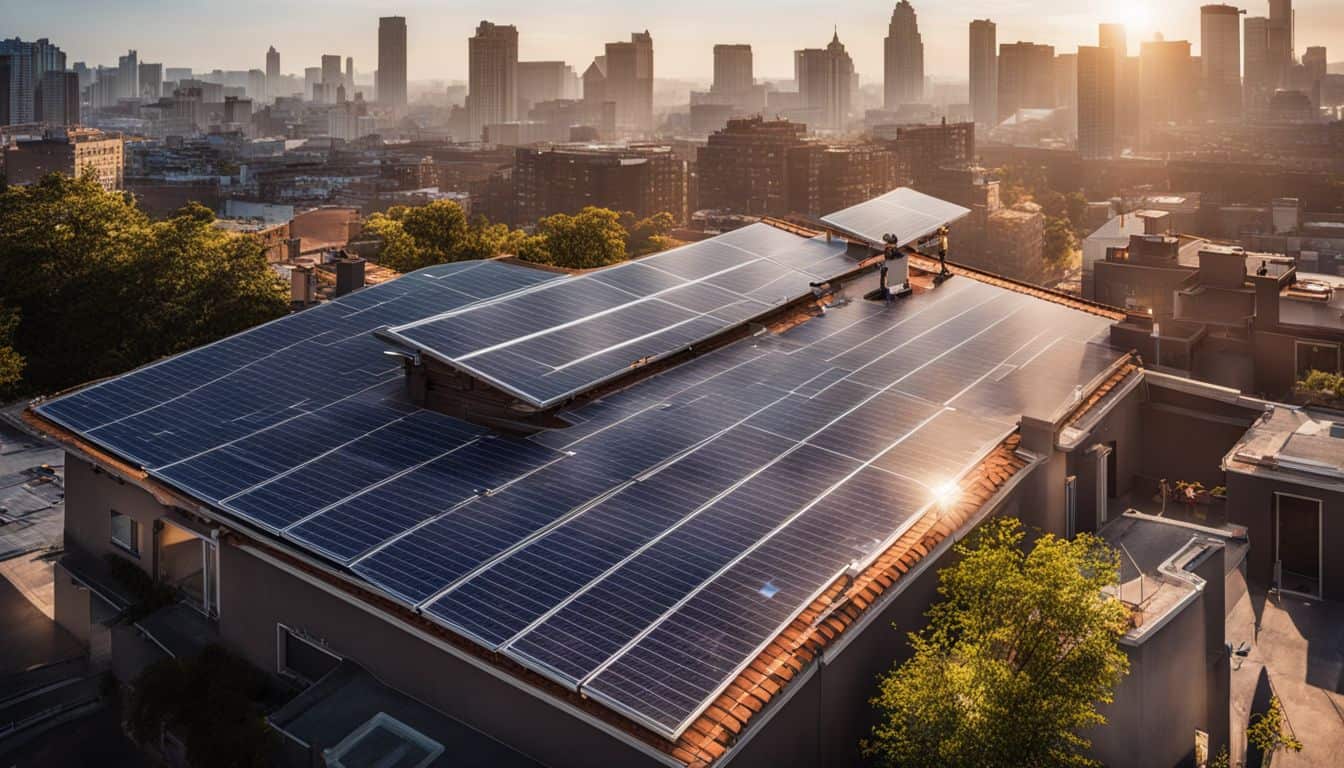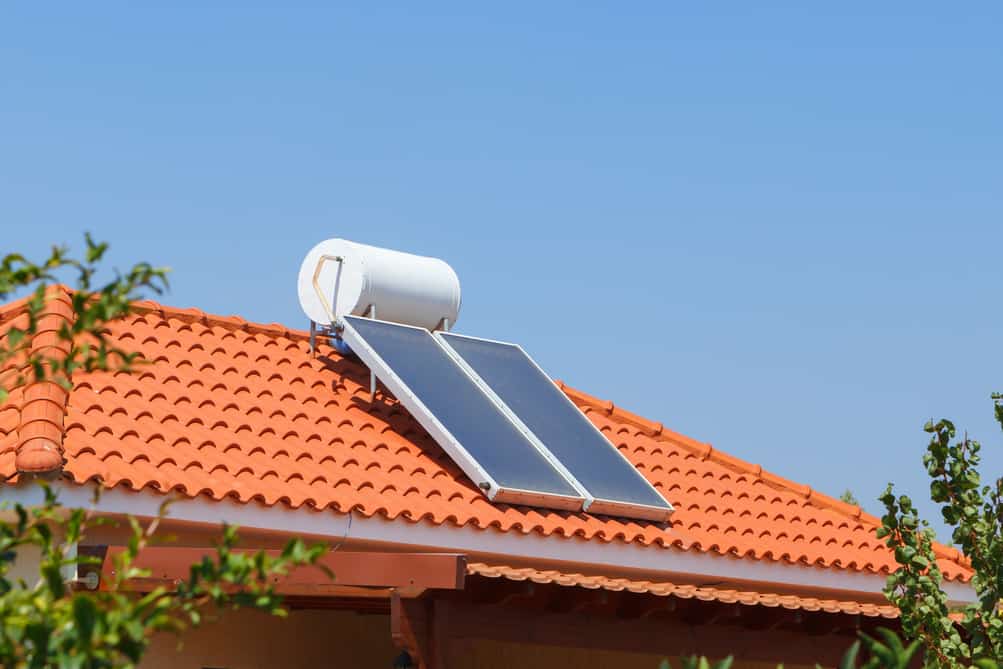Solar heating panels are an innovative technology that harnesses the power of the sun to provide heat for homes and buildings. As we move towards more sustainable energy solutions, understanding how these systems work is crucial for homeowners and environmentally conscious individuals alike.
Types of Solar Heating Systems
Solar heating systems can be broadly categorized into two main types: active and passive.
Active Solar Heating
Active solar heating systems use mechanical components like pumps and fans to circulate heat. These systems can be further divided into liquid-based systems and air-based systems. Liquid-based systems use a fluid, typically water or an antifreeze solution, to absorb and transfer heat. This heated liquid can then be used for space heating or domestic hot water. Air-based systems, on the other hand, heat air directly and distribute it through the building using fans and ductwork. These systems are particularly effective for space heating in colder climates.
Passive Solar Heating
Passive solar heating relies on architectural design to collect, store, and distribute solar energy without mechanical assistance. This can include features like south-facing windows, thermal mass materials, and strategic placement of overhangs and shading devices. Passive solar design takes advantage of the building’s site, climate, and materials to minimize energy use for heating and cooling. While not technically a “panel” system, passive solar design principles often work in conjunction with active solar systems to maximize overall efficiency.
For a detailed comparison of different solar heating panel types and brands, check out our guide on comparing solar heating panels types and brands.
Components of Solar Heating Panels
The main components of a solar heating panel system include solar collectors, heat transfer fluid, storage tank, and pump and controls.
Solar collectors are the panels that capture solar energy. The two most common types are flat-plate collectors and evacuated tube collectors. Flat-plate collectors consist of a dark absorber plate covered with glass or plastic. They are simple, cost-effective, and work well in most climates. Evacuated tube collectors use glass tubes with a vacuum inside for better insulation. These are more efficient, especially in colder climates, but tend to be more expensive.
The heat transfer fluid is the medium that carries heat from the collectors to where it’s needed. It can be water, an antifreeze solution, or air. The choice of fluid depends on the system type and climate conditions. In colder regions, an antifreeze solution is often used to prevent freezing in the collectors.
A storage tank is crucial for storing the heated fluid for use when sunlight isn’t available. This allows the system to provide heat during cloudy days or at night. The size of the storage tank depends on the heating needs of the building and the expected periods of low sunlight.
Pumps and controls are the heart of an active solar heating system. The pump circulates the heat transfer fluid through the system, while the controls manage the system’s operation. Advanced control systems can optimize performance by adjusting flow rates and managing heat distribution based on factors like sunlight availability and heating demand.
How Solar Heating Panels Function
The functioning of solar heating panels can be broken down into three main steps: capturing solar energy, heat transfer process, and storage and distribution.
In the first step, the solar collectors absorb sunlight, converting it into heat. The dark surface of the absorber plate is designed to maximize heat absorption while minimizing heat loss through radiation.
Next, in the heat transfer process, the absorbed heat is transferred to the heat transfer fluid circulating through the collectors. As the fluid passes through the collector, it picks up heat and carries it to where it’s needed.
Finally, in the storage and distribution phase, the heated fluid is either used immediately or stored in a tank for later use. When heat is needed, it’s distributed through the building’s heating system. This might involve circulating hot water through radiators, underfloor heating systems, or using a heat exchanger to warm air for forced-air heating systems.

Efficiency Factors
Several factors affect the efficiency of solar heating panels. Panel orientation and tilt are crucial; panels should face the sun’s path and be tilted at an optimal angle for maximum exposure. In the Northern Hemisphere, this typically means facing south and tilting at an angle roughly equal to the location’s latitude.
Climate considerations play a significant role in system performance. Local weather patterns, seasonal changes, and the number of sunny days all impact how much heat a solar system can generate. In cloudy or cold climates, larger or more efficient collector arrays may be necessary to meet heating needs.
Insulation and heat retention are also vital for system efficiency. Proper insulation of both the collectors and the storage tank ensures that captured heat is effectively retained and used. This is particularly important in colder climates where heat loss can significantly impact system performance.
Applications of Solar Heating Panels
Solar heating panels have various applications in residential and commercial settings. Water heating is one of the most common uses, providing hot water for domestic use such as showers, dishwashing, and laundry. Solar water heating can significantly reduce energy bills, especially in sunny climates.
Space heating is another important application. Solar heating panels can be integrated with radiant floor heating systems, forced-air heating, or used to preheat air for heat pumps. In well-designed systems, solar heating can provide a significant portion of a building’s space heating needs.
Pool heating is a popular use for solar panels, especially in regions with long swimming seasons. Solar pool heaters can extend the swimming season by several months in many climates, providing a cost-effective and environmentally friendly way to enjoy a pool for more of the year.
Integration with Existing Systems
Solar heating panels can be seamlessly integrated with existing heating systems, creating hybrid setups that combine the benefits of solar energy with the reliability of traditional heating methods. For example, a solar water heating system can be connected to a conventional boiler or water heater, which acts as a backup during periods of low sunlight. Similarly, solar space heating can be integrated with existing forced-air or radiant heating systems, reducing reliance on fossil fuels while ensuring consistent comfort.
Benefits of Solar Heating Panels
The advantages of solar heating panels are numerous. Energy savings are perhaps the most immediate benefit. By harnessing free solar energy, homeowners can significantly reduce their reliance on grid electricity or fossil fuels for heating, leading to lower energy bills.
The environmental impact of solar heating is also significant. Solar energy is clean and renewable, producing no greenhouse gas emissions during operation. By reducing reliance on fossil fuels, solar heating systems help lower carbon emissions and contribute to combating climate change.
In terms of long-term cost-effectiveness, solar heating panels excel. While the initial installation costs can be substantial, the ongoing energy savings can result in a system that pays for itself over time. With minimal moving parts and durable components, maintenance costs are generally low, further enhancing the long-term financial benefits.
Maintenance and Longevity
To ensure optimal performance and longevity, solar heating panels require regular maintenance. This typically involves cleaning the panels to remove dust and debris that can reduce efficiency. Regular inspections are necessary to check for leaks in the system and ensure all components are functioning correctly. The heat transfer fluid may need to be checked and topped up periodically, and pumps and controls should be tested to ensure they’re operating efficiently.
With proper care and maintenance, solar heating systems can last 20 years or more. Many manufacturers offer warranties of 10 years or more on collectors and other major components, reflecting the durability of these systems.
For tips on maintaining and getting the most out of your solar heating panels, visit our guide on mastering solar heating panels for homeowners.

Conclusion
Solar heating panels offer an efficient and environmentally friendly way to harness the sun’s energy for heating purposes. By understanding how these systems work – from the collection of solar energy to its distribution throughout a building – homeowners can make informed decisions about incorporating solar heating into their energy plans. As technology continues to advance, we can expect even more efficient and cost-effective solar heating solutions in the future.
The potential for reduced energy costs, lower carbon emissions, and increased energy independence makes solar heating an attractive option for those looking to contribute to a more sustainable future.
FAQS
How do solar panels convert sunlight into usable electricity?
Solar panels harness the power of the sun through a process called the photovoltaic effect:
- The panels contain silicon cells that absorb photons, which are tiny particles of sunlight
- When photons hit the cells, they excite electrons and cause them to move rapidly
- This movement of electrons creates an electric current that can power homes and devices
- The photovoltaic effect allows solar panels to directly convert light into usable energy
What are the different types of solar heating panels?
There are several types of solar heating panels designed for various applications:
- Photovoltaic (PV) panels are the most common and are used to generate electricity for homes and businesses
- Solar thermal panels use the sun’s heat to create steam, which drives turbines to produce electricity on a larger scale
- Passive solar designs capture and distribute the sun’s warmth to naturally heat buildings without additional equipment
- Each type of panel serves a specific purpose in harnessing solar energy efficiently
How have advancements in technology made solar panels more efficient?
Solar panel technology continues to evolve, leading to increased efficiency and cost-effectiveness:
- Modern solar cells are designed to absorb a wider range of light wavelengths, capturing more energy from the sun
- New materials and manufacturing techniques have improved the durability and longevity of solar panels
- Smart tracking systems allow panels to follow the sun’s path, maximizing exposure and energy production throughout the day
- These advancements enable solar panels to convert a higher percentage of sunlight into usable power while reducing costs
What happens at the microscopic level when sunlight hits a solar panel?
When sunlight strikes a solar panel, a fascinating process takes place at the atomic level:
- Solar cells are made of semiconductor materials like silicon, with a positive and negative layer
- Photons from the sun energize electrons in the top layer, causing them to break free from their atoms
- These excited electrons jump across to the positive bottom layer, creating an electric current
- The electrons then flow through an external circuit, powering electrical devices, before returning to the top layer
- This continuous cycle of electron movement is what generates usable electricity from the sun’s light
How do solar heating panels help save money and the environment?
Installing solar heating panels offers both financial and environmental benefits:
- By generating your own electricity, you can significantly reduce or even eliminate monthly energy bills
- Excess solar power can be sold back to the grid, providing additional income through net metering programs
- Solar energy is clean and renewable, helping to reduce reliance on fossil fuels and decrease carbon emissions
- Adopting solar power supports the growth of green jobs and contributes to a more sustainable future
- As solar technology improves and costs decline, the long-term savings and environmental impact continue to grow

Leave a Reply